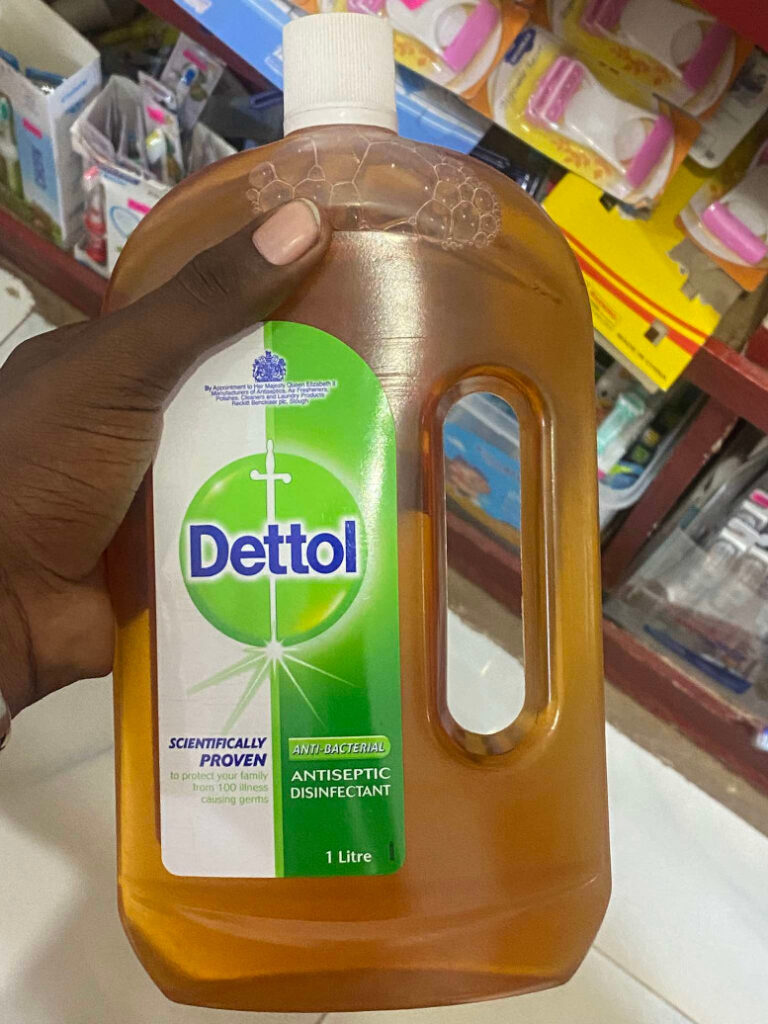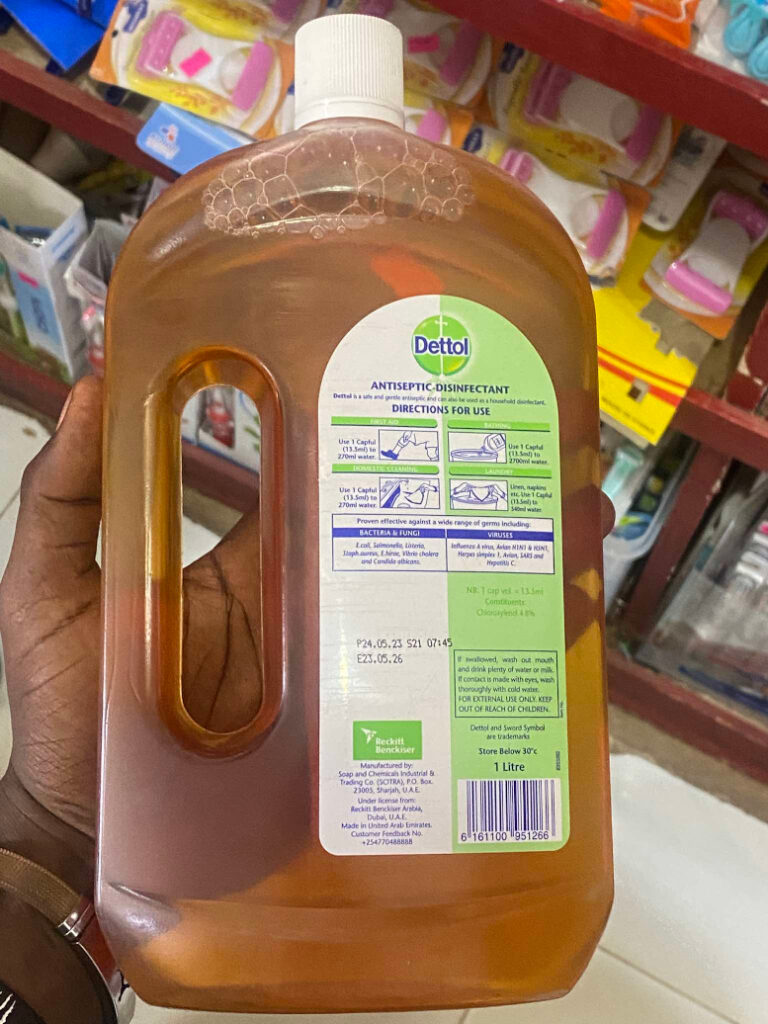DETTOL IN FIELD EXPEDIENT EMERGENCY WOUND CARE
Field Expediency is a concept first coined during the Vietnam War, describing the nurse’s ability to improvise under adverse circumstances.
Dettol, invented in 1933 by Reckitt & Sons, was originally developed to prevent postpartum infections in hospitals. Its powerful antiseptic properties, thanks to chloroxylenol, quickly made it indispensable for wound care, surgical sterilization, and household hygiene. During World War II, Dettol became a crucial battlefield disinfectant, used to treat wounds, sterilize medical equipment, and prevent infections in field hospitals and makeshift clinics. Its effectiveness in reducing bacterial infections helped save countless lives, solidifying its reputation as a global symbol of hygiene and infection control.
Successful Intended Uses of Dettol:
- Hospital Antiseptic – Originally used to disinfect surgical instruments, wounds, and hospital environments, reducing post-surgical infections.
- Household Disinfectant – Became widely used for cleaning surfaces, floors, bathrooms, and kitchens to prevent bacterial contamination.
- Personal Hygiene – Used as an antiseptic in bathing to prevent skin infections, minor cuts, and insect bites.
- Wound Care – Applied to minor cuts, abrasions, and burns to prevent infection.
- Medical and Veterinary Use – Used to disinfect medical tools, veterinary clinics, and livestock facilities.
- Hand and Skin Sanitization – Incorporated into liquid handwashes and bar soaps for germ protection.
- Laundry Disinfectant – Used to sanitize clothes and linen, especially in hospitals and homes with sick individuals.

For a field-ready antiseptic solution in emergency wound care, mix 1 drop of Dettol into 1 teaspoon (3–5 mL) of clean water, then add a tiny pinch of salt—about the size of five grains of rice or just enough to lightly coat the tip of a small spoon. This creates a properly diluted Dettol in 0.9% saline, making it safer for wound cleaning while preventing irritation. Stir well before use.
In major emergencies where large amounts of disinfectant are needed quickly, take a 500 mL bottle of clean or bottled water, add one level teaspoon of salt (≈4.5g), then mix in 2–3 teaspoons (≈10 mL) of Dettol. Screw the cap back on tightly and shake well until fully dissolved. Stored in a cool, dark place, this solution remains effective for up to 24 hours before it should be discarded and replaced. This simple yet effective antiseptic formula, aligned with the principles in Where There Is No Doctor, ensures rapid wound disinfection in orphanages, rural clinics, and crisis situations where medical supplies are scarce.
Emergency Disinfection Protocol for Mpox, Scabies, and Water Purification in Resource-Limited Settings
For Mpox-infected mattresses, prepare a disinfectant by mixing 2 teaspoons (10 mL) of Dettol per liter of clean water and transfer it to a spray bottle. Thoroughly spray the mattress until damp, ensuring all surfaces are covered. Place the mattress in direct sunlight for at least 6 hours, as UV rays help destroy Mpox, tuberculosis (TB), fungal spores, and other tropical pathogens. Repeat daily if necessary.
For scabies-infested clothing and bedding, fill a 10-liter bucket with clean water and add 2 teaspoons (10 mL) of Dettol. Submerge clothes and soak for 30 minutes, then wash with soap and allow them to dry fully in the sun. This method helps eliminate Sarcoptes scabiei mites and secondary bacterial infections.
For emergency water purification, when boiling or microfiltration is unavailable, add 1 drop of Dettol per liter of water or 1 mL (20 drops) per 20-liter jerrycan, shake well, and let it stand for at least 30 minutes before drinking. This method helps neutralize over 100 pathogens, including cholera (Vibrio cholerae), typhoid (Salmonella Typhi), dysentery (Shigella), E. coli, Giardia, Cryptosporidium, and Vibrio species, making it a lifesaving measure in crisis zones.

A rural African orphanage can extend low-cost emergency care to the relatives and homeless friends of its children by using a single drop of Dettol, a tiny pinch of salt, and a teaspoon of water to clean wounds, followed by a simple bandage. This costs nearly nothing yet provides life-saving infection prevention, strengthening community ties. When the orphanage freely helps those outside its walls, the children feel a moral duty to give back, creating a natural cycle of goodwill. The orphanage can ethically leverage this gratitude by bartering for a cup of rice, a few eggs, or other small food items, which directly benefits both resident children and their external loved ones. This approach uplifts the entire community while reinforcing the orphanage’s standing as a respected, indispensable institution. With Dettol’s real shelf life exceeding 10 years if stored in cool, dark conditions, this system remains sustainable, cost-effective, and a long-term investment in public health and social cohesion.